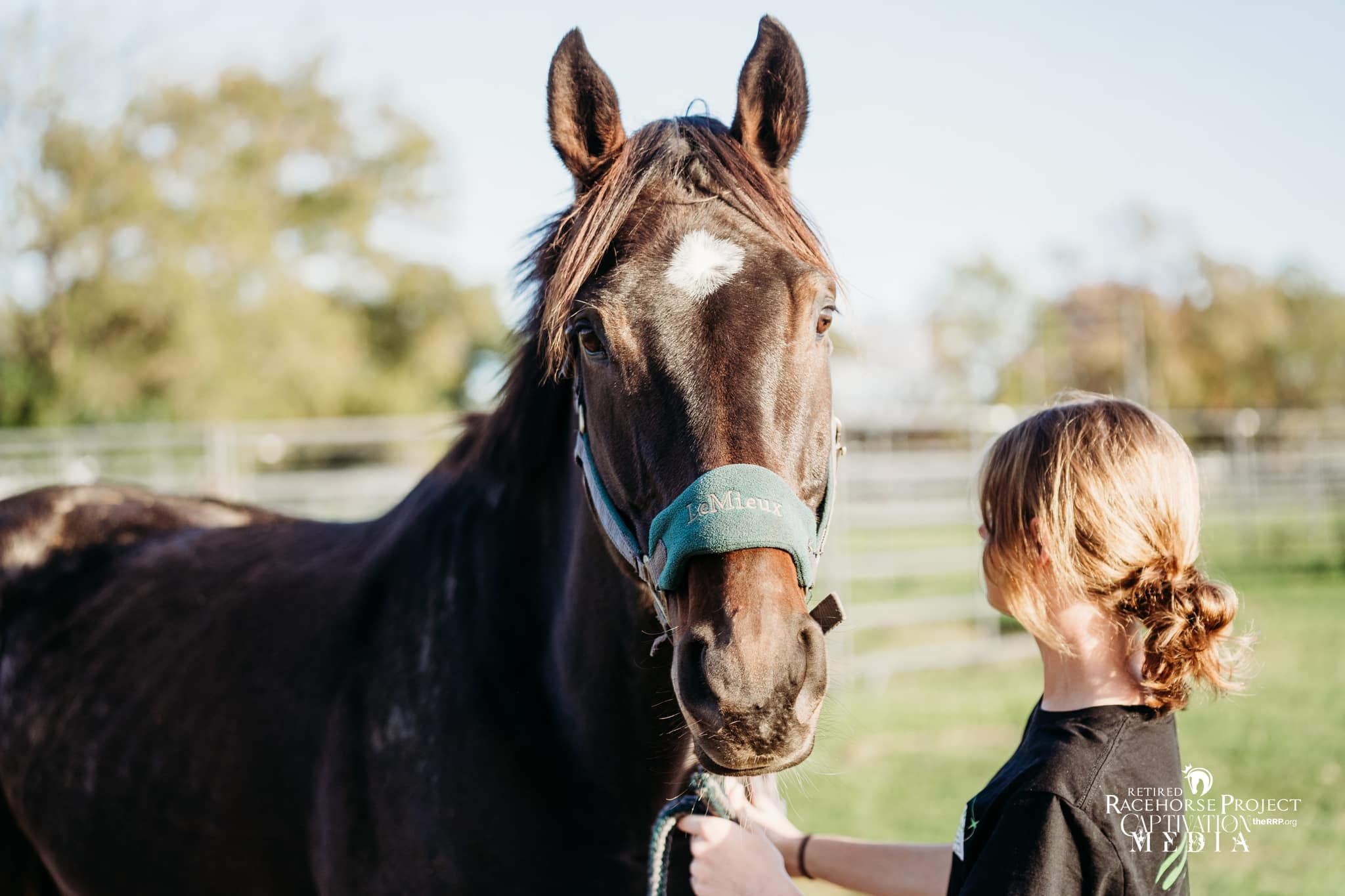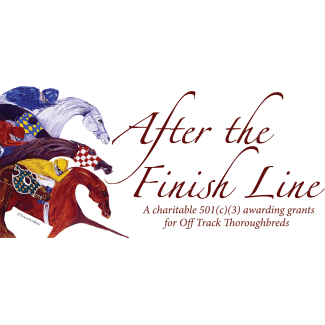
Photo by Captivation Media
Q: How do you know if a green OTTB is the right horse for a junior rider?
A: I have recently started the search for the ever elusive unicorn for one of my younger students to help bring her from the crossrail division through the 2’6”. The budget is a bit tight for what we are looking for, but I know the right one will come along with a little time, luck, and patience. During her lesson this week the students mother asked me “do you know how many horses out there are in our budget if we could look at a young Thoroughbred?” And while unfortunately a young or green Thoroughbred won’t be the appropriate match for this specific child rider, it did get me thinking about how to go about matching junior riders with Thoroughbreds, specifically green Thoroughbreds, when horse shopping.
There are several factors to consider here which I think can be broken down into three main categories:
- Budget.
- Experience.
- Goals and commitment.
When I start the conversation about horse shopping with any of my clients the very first question I ask is “what is the budget?” How much are you willing to spend to buy a horse and how much are you able to spend beyond that — because we all know buying the horse is the least expensive part! After the original investment to purchase a horse — most green Thoroughbreds these days are in the range of anywhere from $2,500-10,000, depending on if you’re buying straight from the backside, through a reseller, or something with maybe six months to a year of training but is still green. You need to then consider board, training (especially when pairing a green horse and a junior rider), farrier, veterinary expenses like ulcer treatments (we do a standard 30 days for any OTTB coming into our program), lessons, etc. The most important part of this for me as a trainer is being honest and up front about these expenses from the beginning so that there are no surprises going forward once the horse has been purchased. A green OTTB (like any green horse) needs a consistent program, which when paired with a junior rider means multiple training rides a week from a professional as well as consistent lessons with the rider so that they can continue the training you have instilled in their new partner.
Experience — of both the horse and the rider — are the next big factor for me as a trainer when looking for a green Thoroughbred for a junior rider. Has this rider ridden green, young, or challenging horses in the past? Do they have the skill set to work through “baby moments” with or without my guidance? Do they have the experience needed to work with something fresh off the track or would they be better paired with a horse that has had some down time, retraining, and has maybe been to a handful of shows or competed through the Thoroughbred Makeover? Like any breed of horse, Thoroughbreds come in a wide range of temperaments from very quiet and easy to bring along, to something that would be more suited to a professional. This is where having your trainer evaluate the horse from the beginning and having honest conversations about your ability as a rider can be a huge help in creating a lasting partnership.
Lastly when beginning to look for a horse with my students, I discuss their goals and the level of commitment they are willing to make to reach them. With a green OTTB, like with any green horse, I think there needs to be realistic ideas of what you want your future to look like — followed by Plans A, B, C and sometimes D — in order to reach those goals. Is the goal the Retired Racehorse Project’s Thoroughbred Makeover or another specific show? Is the goal to just learn and have fun at home? What level of commitment, aka hours per week, can you commit to achieving these goals? For junior riders, most need to consider other factors as well: do you have a commitment to other sports or school related activities? Do you have a reliable way to get to the barn to ride your horse? A green Thoroughbred isn’t a horse that you’ll be able to come see once a week and expect to make progress with towards your goals, so being honest with yourself about the amount of time you can dedicate to this horse’s training is incredibly important.
In the end, I think that the best way to create a successful, lasting partnership between a junior rider and a green OTTB starts with a good trainer/student relationship. Ultimately your trainer will be able to help you find a Thoroughbred whose personality, soundness, and trainability match with your goals for the future. They will be able to help you with your training, troubleshoot with you when you’re having problems or setbacks, and should be someone you trust if you have questions or need advice. And while I don’t think that a green Thoroughbred is the right match for every junior rider, I do think there are plenty out there who with the help and guidance from a trainer you trust can make for a lasting and successful partnership.
Julia Jesu is a hunter/jumper trainer on the Eastern Shore of MD. Her business, Close Up Show Stables, focuses on teaching balanced, functional equitation with a focus on horsemanship due to her background in the United States Pony Club. Julia has a strong passion for retraining thoroughbreds for second careers and incorporates many of them in her program.

